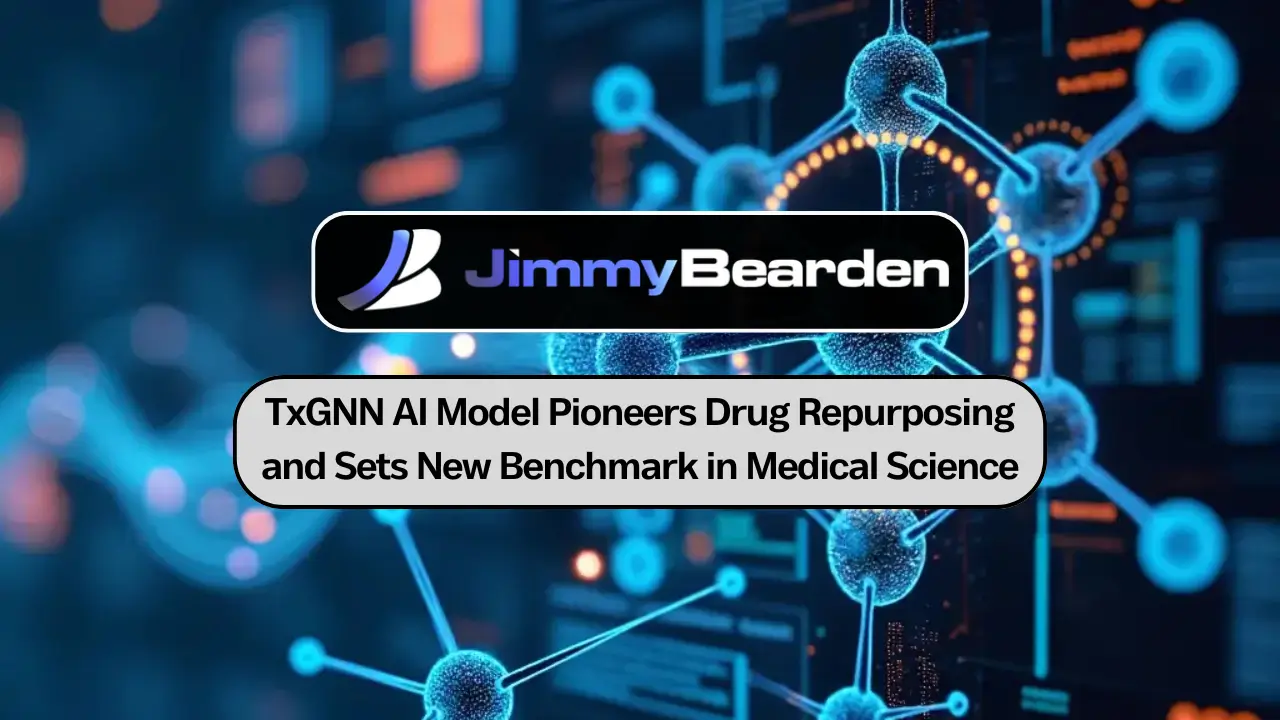TxGNN AI Model Pioneers Drug Repurposing and Sets New Benchmark in Medical Science

The TxGNN AI Model: A Revolutionary Approach to Drug Repurposing
Researchers at Harvard Medical School have made significant strides in the field of drug discovery with the development of the TxGNN AI model. This advanced AI tool aims to identify potential therapeutic uses for existing drugs to treat rare and neglected diseases, demonstrating a tremendous potential to reshape the landscape of medical science.
Comprehensive and Technologically Advanced
TxGNN stands out for its impressive capability to handle over 17,080 clinically recognized diseases, making it one of the most comprehensive AI models in existence. Built on a foundation of a graph neural network (GNN), the model is pre-trained on a vast medical knowledge graph that features extensive data on diseases, drugs, DNA, clinical notes, and gene activity.
Compared to existing methodologies, TxGNN exhibits nearly 50% greater efficacy in identifying drug candidates and is 35% more accurate in predicting contraindications. This marked improvement not only highlights the model's advanced capabilities but also promises significant enhancements in drug discovery processes.
TxGNN AI Model Pioneers Drug Repurposing
Innovative Features and Functionalities
One of the model's pioneering features is its ability to perform zero-shot inference. This means that TxGNN can predict therapeutic uses for new diseases without requiring additional training or fine-tuning on ground truth labels. The model also incorporates a disease pooling module, which helps in identifying mechanistically similar diseases, thereby improving the prioritization of repurposing candidates through enhanced information aggregation.
Additionally, TxGNN predicts both drug indications and contraindications, providing interpretable explanations for its predictions through a specialized module known as the TxGNN Explainer. This functionality ensures that the model's outcomes are transparent and intelligible for clinical practitioners.
A Collaborative and Practical Solution
The TxGNN AI model transcends beyond being just a predictive tool by fostering a collaborative environment for human-AI interaction. A human-AI explorer for TxGNN has been developed and evaluated for usability with medical experts. This feature is crucial in aiding clinicians to interpret and analyze the model's predictions effectively.
Notably, TxGNN's predictions align closely with off-label prescription decisions made by clinicians in major healthcare systems. This real-world alignment underscores the model's practical applicability, making it a reliable companion in clinical settings. Furthermore, to broaden its impact, the model has been made accessible for free, encouraging its adoption by clinician-scientists globally to accelerate the discovery of new therapies for rare and neglected diseases.
In conclusion, TxGNN represents a significant leap in AI-driven drug repurposing, boasting revolutionary features and extensive real-world relevance. As this tool continues to be adopted and refined, it holds the promise of transforming medical research and therapeutic development on a global scale.
"Joining this community has been a game-changer for staying updated on the latest trends & events!" - John B.





